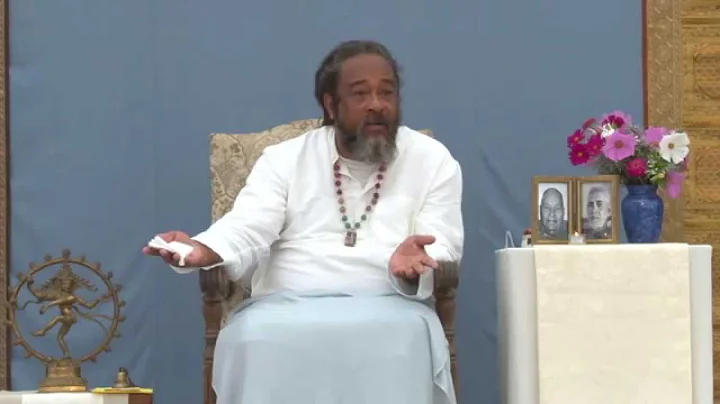Mastering the Usage of 'Since' and 'For' in English Sentences
Table of Contents:
- Introduction
- Understanding the Difference between 'Since' and 'For'
- How to Use 'Since' in Sentences
- Examples of 'Since' in Context
- Explaining the Usage of 'For'
- Using 'For' to Express Duration
- Examples of 'For' in Sentences
- How to Differentiate 'Since' and 'For'
- Practice Exercise: Fill in the Blanks
- Conclusion
Understanding the Difference between 'Since' and 'For'
Since and for are two common English expressions that are often confused. In this article, we will explore the difference between these words and learn when to use them correctly. By the end of this article, you will have a clear understanding of how to use 'since' and 'for' in sentences.
How to Use 'Since' in Sentences
'Since' is used to indicate when a past action first started. It is important to note that we always need a starting point when using 'since,' which means we require a specific time expression. Let's take a look at some examples to better understand this concept:
-
"I have been working since 8 o'clock this morning."
Here, the specific time expression is "8 o'clock this morning," and it comes after 'since.' This sentence indicates the time when the person started working.
-
"She has been on a diet since August."
In this example, the specific time expression is "August," which comes after 'since.' It shows when she started dieting.
Examples of 'Since' in Context
To further illustrate the usage of 'since,' let's examine a conversation where we have to choose between 'since' and 'for':
A: Have you been working here blank 2008?
B: No, I've only been working here blank two weeks.
In the first sentence, the specific time expression is "2008." Remember, when a specific time expression is present, we use 'since' before it. Thus, the correct response is:
A: Have you been working here since 2008?
In the second sentence, "two weeks" indicates a duration, showing how long the action has been happening. In this case, we use 'for':
B: No, I've only been working here for two weeks.
By understanding the distinction between 'since' and 'for,' you can convey the correct meaning in your sentences.
Explaining the Usage of 'For'
'For' is used to express a length of time in English. It is used to convey duration and how long something has occurred. Let's explore some examples:
-
"I have been working for five hours."
Here, the duration is "five hours," which comes after 'for.' It describes the length of time the person has been working.
-
"She has been on a diet for three months."
In this case, the duration is "three months." Once again, it comes after 'for' and indicates how long she has been on the diet.
Examples of 'For' in Sentences
To better understand the usage of 'for,' let's continue with the previous conversation:
A: Have you been working here since 2008?
B: No, I've only been working here for two weeks.
In this conversation, 'since' and 'for' are used correctly, demonstrating the distinction between the two expressions.
How to Differentiate 'Since' and 'For'
To summarize, 'since' is used to indicate when a past action first started and requires a specific time expression. On the other hand, 'for' is used to express duration or how long something has been happening. Remember, 'since' is used before a specific time expression, while 'for' is used before a duration.
Practice Exercise: Fill in the Blanks
Take this opportunity to practice using 'since' and 'for' correctly in sentences. Fill in the blanks with the appropriate word:
- Have you been living in this city blank 2010?
- No, I've only been living here blank a few months.
Correct answers:
- Have you been living in this city since 2010?
- No, I've only been living here for a few months.
Conclusion
In conclusion, understanding the usage of 'since' and 'for' is crucial for accurately expressing time and duration in English sentences. By applying the guidelines provided in this article and practicing with examples, you will enhance your language skills and convey your thoughts more effectively. Keep practicing to solidify your understanding and always strive to use 'since' and 'for' appropriately in your writing and conversations.
Highlights
- 'Since' indicates when a past action first started, requiring a specific time expression.
- 'For' is used to express duration or how long something has been happening.
- 'Since' comes before a specific time expression, while 'for' comes before a duration.
- It is important to differentiate between 'since' and 'for' to convey accurate meanings in sentences.
- Practice exercises can reinforce your understanding and application of 'since' and 'for'.
FAQ:
Q: Is it correct to say "I have been working for 10 hours since morning"?
A: No, it is not correct. The correct sentence would be "I have been working for 10 hours." You would not use 'since morning' in this context, as it does not indicate a specific time but rather the duration of time.







